2024 X-site: Analogue Forest
Since 2014, the Taipei Fine Arts Museum has been developing the X-site Project, which uses the museum’s outdoor plaza as a base for an open call for spatial proposals. The project explores the integration of temporary structural installations with the spirit of public space under considerations such as architectural form, contemporary art, environmental research, and audience participation. It encourages interdisciplinary and wide-ranging dialogues and relationships, with the aim of using unknown X elements to inspire new spatial imaginings. This year’s top prize was awarded to the interdisciplinary team Office One Senses (OOS) for their architectural proposal “Analogue Forest”. “Analogue Forest” consists of 25 slightly swaying columns and a nearly weightless canopy which creates a vast shade. Its sheer size means that visitors are immediately drawn to the heterogeneous space, which provides an enjoyable exploratory experience for many summer visitors. The overlapping with the lush foliage gives the structure a forest-like sense of shelter, analogically introducing the physical sensations of walking through a forest. This transforms the plaza from a time-anchored backdrop into a space where past experiences and the present moment dissolve to generate new experiences—creating a “forest in the plaza”. The jury commented on how the winning proposal creates an uncertain boundary and swaying state within a limited space. Through its open contextual scale, it expands the inherent boundaries of the site and uses forest imagery to immerse visitors in a sensory experience. The jury commented, “The work breaks the subjectivity of the museum’s front plaza by constructing a lightweight roof supported by multiple points, creating an architectural vocabulary different from past structures. The design team imagined a friendly environment generated from the concept of space and landscape, fostering a natural interaction mode of casual encounters and crossings.” This year’s X-site Project draws inspiration from “Near Yuanshan” (圓山附近), a 1928 painting by Taiwanese artist Hsueh-Hu Kuo (1908–2012), which is part of the museum collection. Artists from different fields have been invited to co-organize a series of public activities, including workshops, sound performances, and lectures. Visual artist Yu-Tzu Huang explored the current site of “Near Yuanshan”. In her “Workshop—Sketch from Forest”, she uses mirrored acrylic instead of traditional canvas and luminous ink instead of traditional ink in order to symbolically and analogously represent the natural scenery depicted in “Near Yuanshan”. Sound artist Yu-Jung Chen’s “Forest Sound Performance” collects sounds from the Jiantan Shan Trail (劍潭山步道) and then uses filtering to reconstruct natural sounds and frequencies and thereby create new narratives. Artist Ju-An Hsieh presents “Artist Talk—Talk from Forest”, a lecture based on her recent residency and artworks made in various natural habitats. She has written about these experiences in long-form prose, presented as a handmade book. The lecture will be conducted as a book reading accompanied by projected documentary photographs and manuscripts from her journeys. The Natural Trail Association’s “Walking Tour—Learn from the Forest will guide participants along the Jiantan Shan Trail, Yuanshan Mingjhih Bridge (圓山明治橋) (now Zhongshan Bridge), and Taiwan Shrine (臺灣神社, now Grand Hotel Taipei), allowing people to reconnect with historically significant rural paths and re-imagine the mountains and fields. This public program uses “Near Yuanshan” as a central theme, encouraging collective learning and walking as a starting point. Through observations and perceptions from various artistic perspectives, this program echoes the spatial experiences and sensory memories that “Analogue Forest” evokes, prompting reflections on one’s relationship with the forest. Office One Senses (OOS) The members of the OOS Studio are currently based in various locations across Europe, Japan, and Taiwan. Throughout the X-site creative process, they have bridged time zones and cultures, integrating architecture, design, and art. Starting from imagination or surrounding perceptions, they contemplate, understand, and delve deeper into the possibilities of space and experience. ▍ 2024 X-site: Analogue Forest Date: May 11–July 21 [Visitor Guidelines] “Analogue Forest” is a dynamic architectural space that encourages appropriate interaction from visitors. Please follow the guidelines below. In case of emergency, follow response and evacuation instructions of onsite staff. 1. When interacting with the installation, please do the following: (a) Ensure children under 7 are accompanied by a parent or adult guardian. (b) Avoid forcefully pushing or pulling on or climbing on the column units. (c) Refrain from using umbrellas, sharp objects, or any items that might become entangled with the canopy. (d) Do not pull the canopy or throw objects onto it or hang objects from it. (e) Be mindful of gaps between the installation base and the surface of the plaza. Do not insert fingers, toes, or personal items in any space that might be closed by the moving column units. 2. In cases of extreme weather, such as heavy rain, thunderstorms, or typhoons, the installation will be temporarily closed. Please reschedule your visit. 3. The installation will close for 30 minutes before and after public events. (Closures will be announced onsite.). Please adjust your visit schedule accordingly.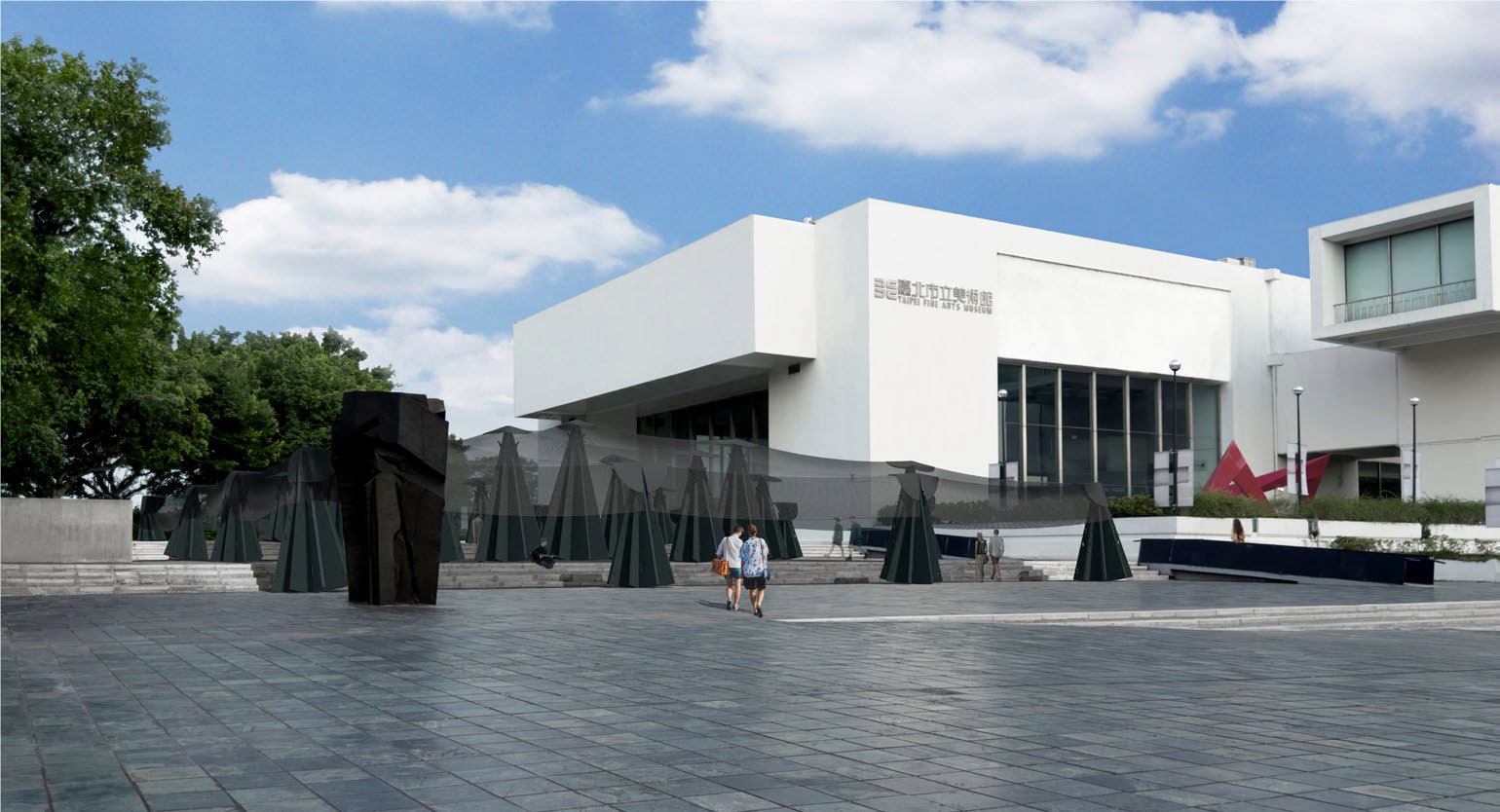
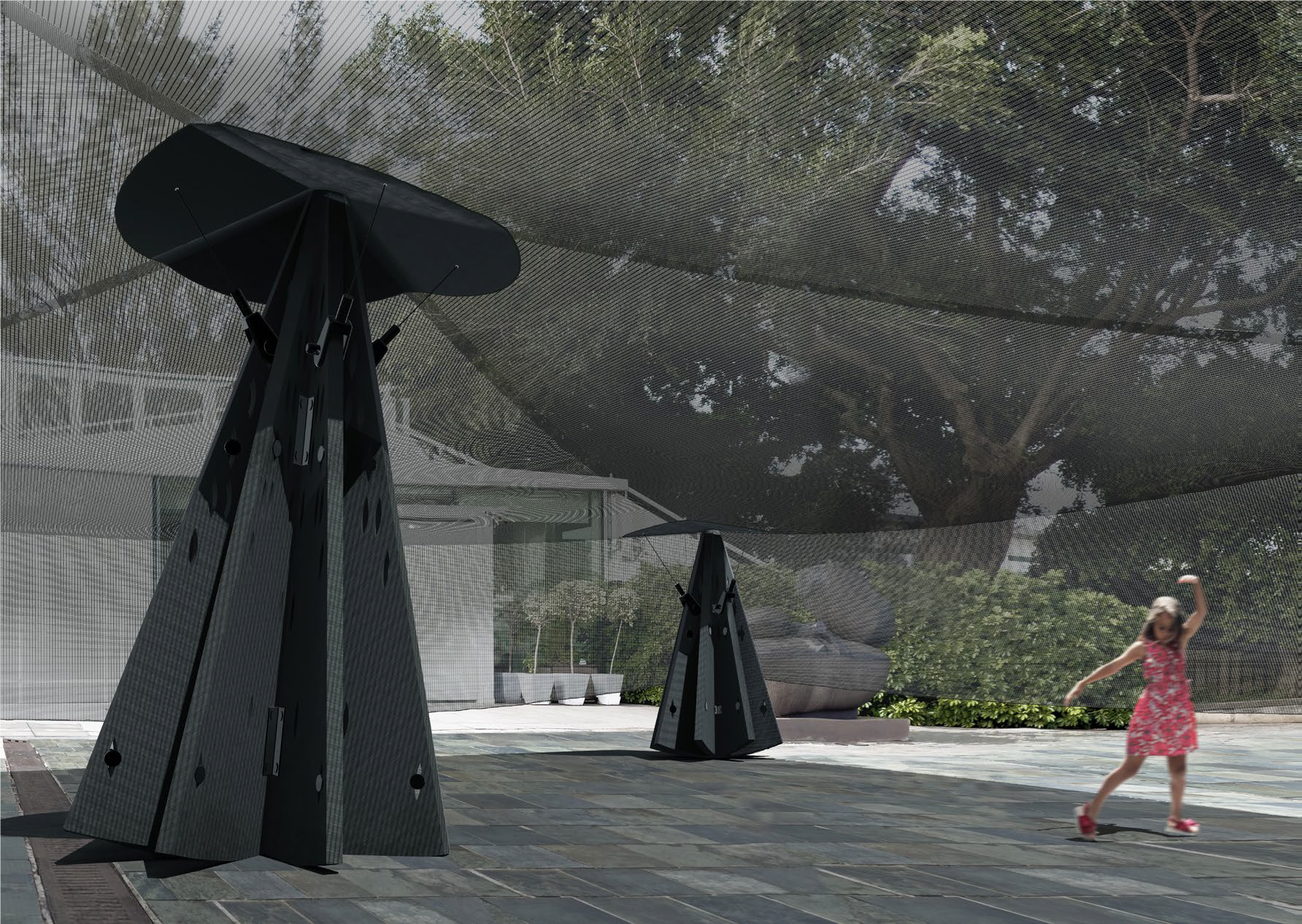
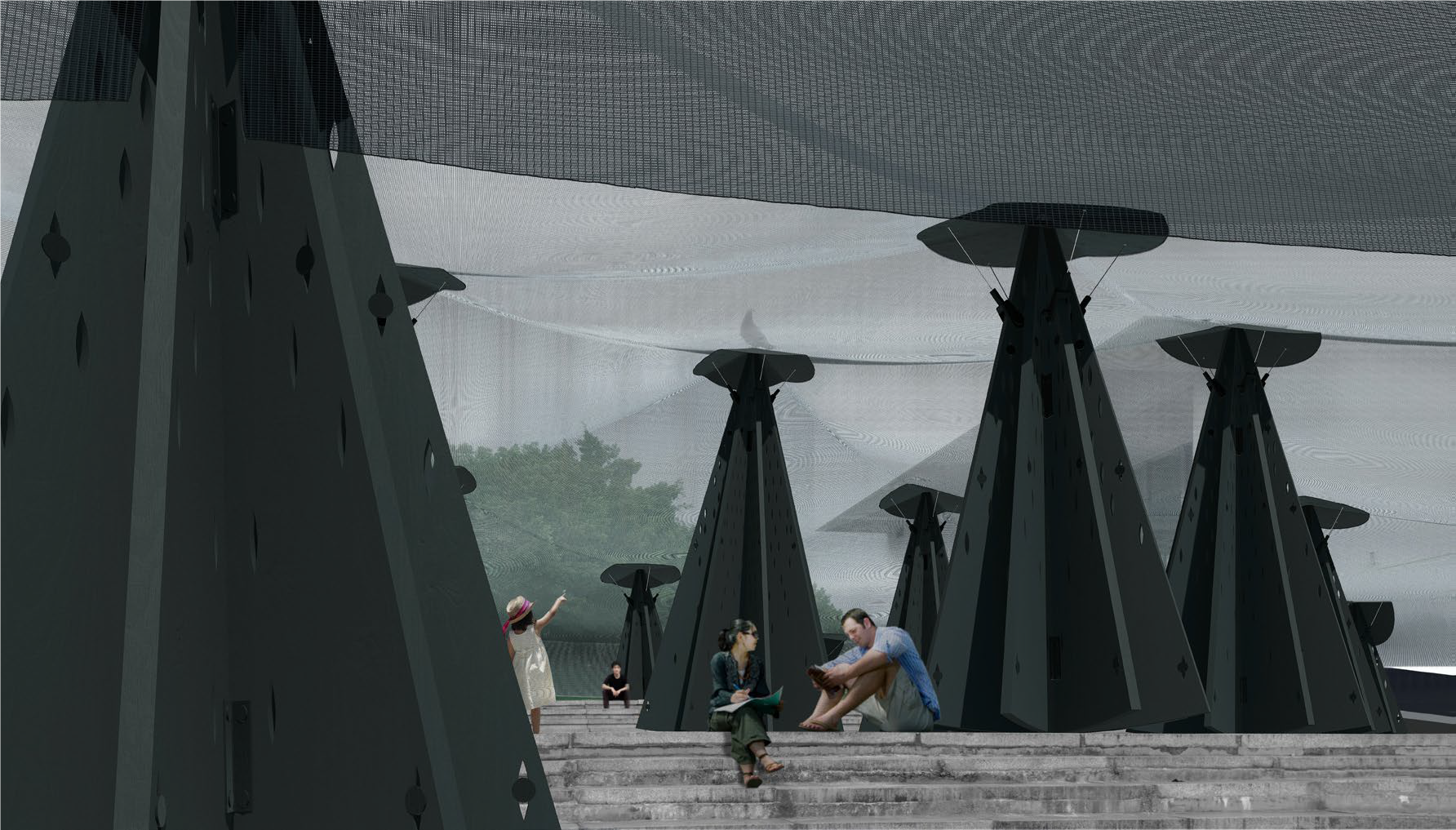
Venue: Taipei Fine Arts Museum Outdoor Plaza
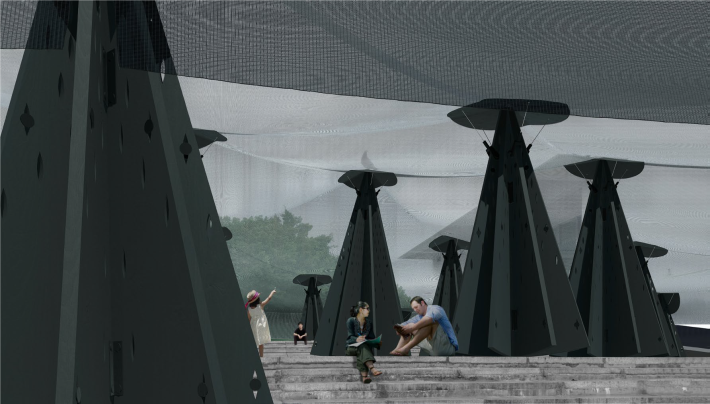
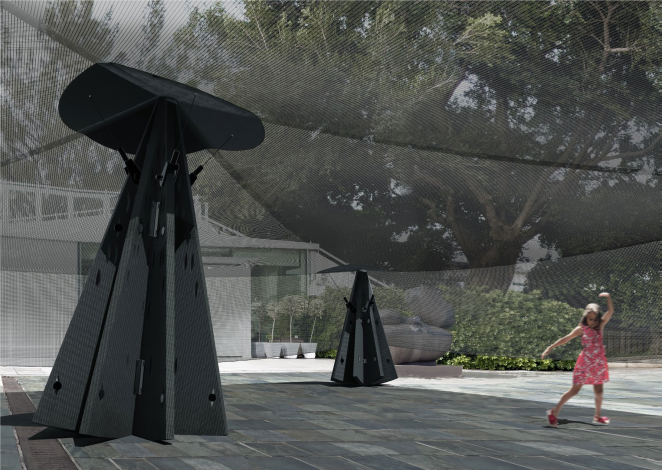
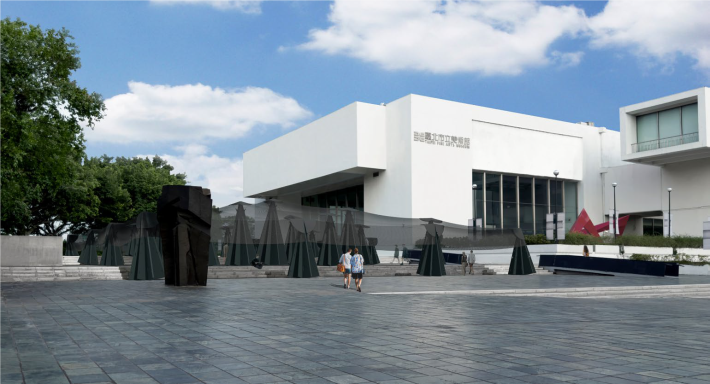

![Taiwan.gov.tw [ open a new window]](/images/egov.png)
